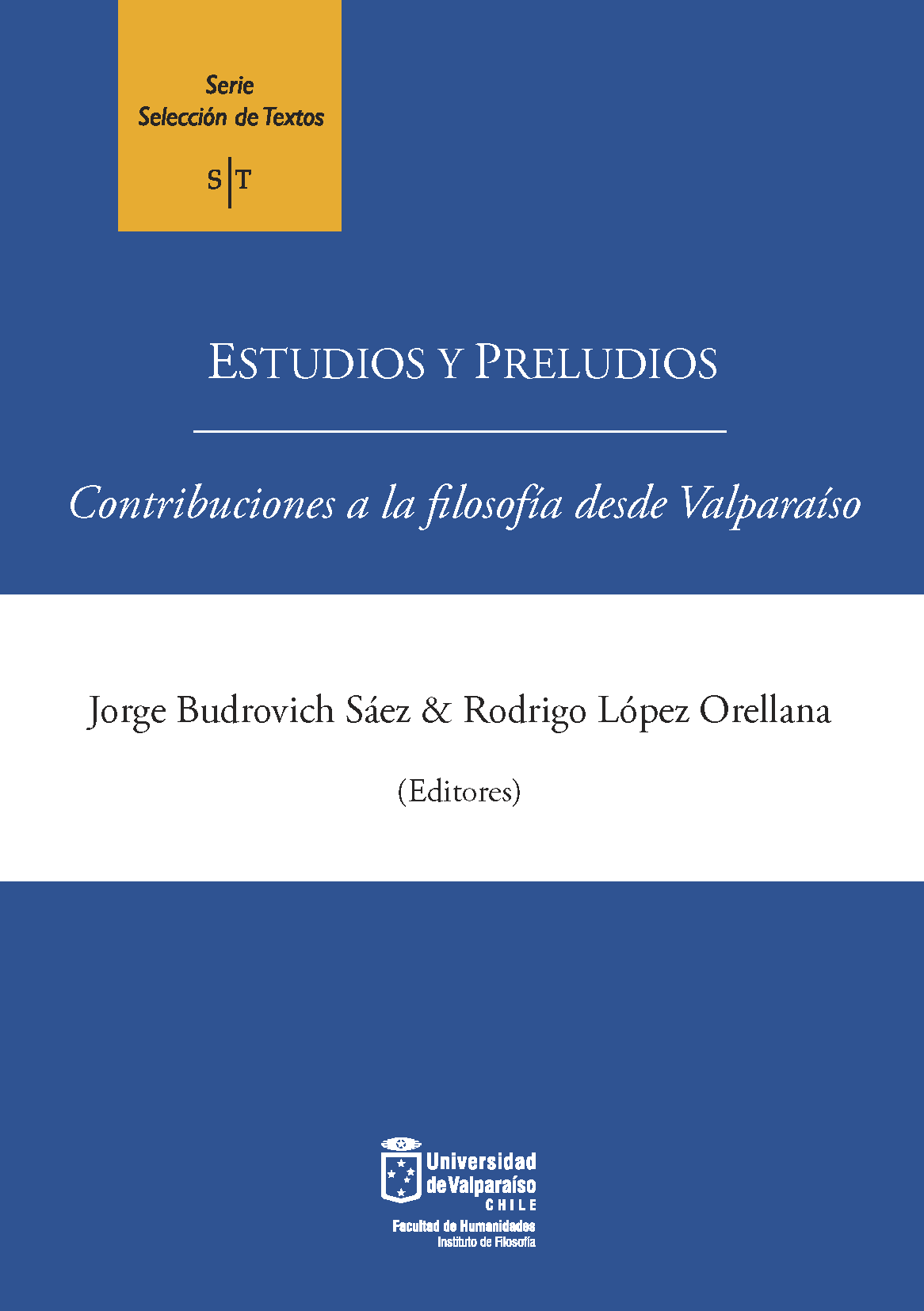Anticoncepción de emergencia y aborto. Un desafío ontológico, semántico y epistémico para la ciencia biomédica
DOI:
https://doi.org/10.22370/sst.2015.5.5050Abstract
El problema de la anticoncepción de emergencia (ACE) y el aborto en todas sus modalidades no sólo suscita un debate valórico y bioético en torno a la noción de vida humana, dignidad y respeto hacia el que está por nacer. Gran parte de las cuestiones en juego se originan en definiciones cruciales del momento biológico sobre el que eventualmente se intervendrá mediante diversas tecnologías. Por otra parte, la ciencia biomédica, forzada al límite de sus alcances epistémicos, no puede presentar un escenario de fenómenos continuos con total claridad diagnóstica. De este modo, existe un gran espectro de argumentos de tipo epistémicos, semánticos, evolutivos, referentes a la potencialidad y a la individualidad
Downloads
References
Battaglia, et al., Influence on maternal age on meiotic spindle assembly in oocytes from naturally cicling women. Hum. Rep.1996, 11(10): 2217-22.
Beecher, HK, “A definition of irreversible coma: report of the adhoc comittee of the Harvard Medical School to examine the definition of death”. JAMA 1968, 205: 85-88.
Campbell, K. H. S. & McWhir, J. & Ritchie, W. A. & Wilmut, I. (1996), “Sheep cloned by nuclear transfer from a cultured cell line”. Nature 380 (6569): 64–66.
Crick, F. & Dawkins, R. & Bunge, M. & Quine, W.V.O., “Declaration in defense of Cloning and the Integrity of Science Research”. Free Inquiry vol 17 nº3, 1997.
Department of Health and Social Security. Report of the committe of inquiry into human fertilisation and embriology. Londres 1984
Durand, M, & Larrea, F. & Schiavon, R., “Mecanismos de acción de la anticoncepción hormonal de emergencia: efectos
del levonorgestrel anteriores y posterioresa la fecundación”.
Salud Pública, Méx 2009; Vol. 51(3):255-261
Durand, M. & Cravioto & Raymond, M.E. & Durán-Sánchez, O. & Cruz-Hinojosa, M. & Castell-Rodríguez, A. & Schiavon, R. & Larrea, F., “On the Mechanisms of Action of Short-Term Levonorgestrel Administration in Emergency Contraception”. Contraception, 2001, 64: 227-234.
FIGO Ethical Guidelines Regarding Induced Abortionfor Non-Medical Reasons, Adopted by the FIGO General Assembly as part of the pre-CongressWorkshop Report at the XVI FIGO World Congress,Washington D.C., September, 2000.
Gurdon, J.B. (1962). “The develop mental capacity of nuclei taken from intestinal epithelium cells of feeding tadpoles”. Journal of Embryology and Experimental Morphology. 10:622-640.
Jouve N. & Vera LF. & Nombela C.et al. Manifiesto de Madrid 2009.
Landgren, B. M. & Johannisson, E. & Aedo, A-R. & Kumar, A. & Yong-en, S., The Effect of Levo-norgestrel Administered in Large Doses at Different Stages of the Cycle on Ovarian Function and Endometrial Morphology. Contraception, 1989, 39: 275-89.
Marions, L., K. Gemzell, K. Hultenby, I. Lindell, X. Sun, B. Stabi & Bygdeman, M.: “EmergencyContraceptionwithLevonorgestrel and Mifepristone: Mechanism of Action”. American Journal of Obstetrics and Gynecology, 2002, 100 (1): 65-71.
Morata G. et al. Contramanifiesto de Manifiesto de Madrid 2009
OMS, nota descriptiva n°244, julio 2012, en http://www.who.int/mediacentre/factsheets/fs244/es/
Shea MC. “Embryoniclife and human life”. J. MedEthics, 1985;11:205-209.
SS. Juan Pablo II, Encíclica Evangelium Vitae, 1995.
SS. Pablo VI, Encíclica Humane Vitae, 1968.
Takahashi, K., Yamanaka, S. (2006). Induction of pluripotentstemcellsfrom mouse embryonic and adultfibroblast cultures bydefinedfactors. Cell 126:663-676.
Turok, DK & Simonsen, SE & Marshall, N. Trends in levonorgestrelemergency contraception use, births, and abortions: the Utah experience. Journal Medscape J Med.2009;11(1):30. Epub 2009 Jan 29.
Ugocsai, G. & Rózsa, M. & Ugocsai, P., “Scanningelectronmicroscopic (SEM) changes of theendometrium in womentakinghigh doses of levonorgestrel as emergency postcoital contraception”. Contraception. 2002 Dec;66(6):433-7.
Vargas, M. & Tapia, A. & Henríquez, S. & Quezada, M. & Reyes, P. & Cárdenas, H. & Noe, G. & Salvatierra, A. & Gangi, L. & Monroe, D. & Velasquez, L., Croxatto, HB., Efecto de la administraciónpostovulatoria de levonorgestrel sobre el perfil de expresión de 20.383 genes durante el período de receptividad endometrial analizado por microarreglos de ADN. XIX Reunión Bienal de la Asociación latinoameri- cana de Investigadores en Reproducción Humana ALIRH. Cartagena de Indias, Colombia Mayo 10-13 de 2006.
Wu, J. & Chen, J. & Xu, R. & Zhou, P. & Wang, H. & Zhou, P. & Qiao, G. & Zhu, P. & Wang, J., “Effect of mifepristone and levonorgestrelonthe human endometriumduringperiimplantation”. En Ch. P. Puri, P. F. A. Van Look (Eds.): International ConferenceonReproductiveHealth. New Age International (P) Limited, Publishers, New Delhi, 2001, pág. 143-148.
Zegers H, F. “Mecanismo de acción del levonorgestel como anticonceptivo de emergencia”. CEP 2004.
Downloads
Published
How to Cite
Issue
Section
License

This work is licensed under a Creative Commons Attribution-NonCommercial-NoDerivatives 4.0 International License.

